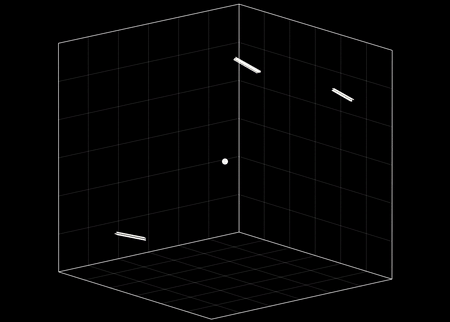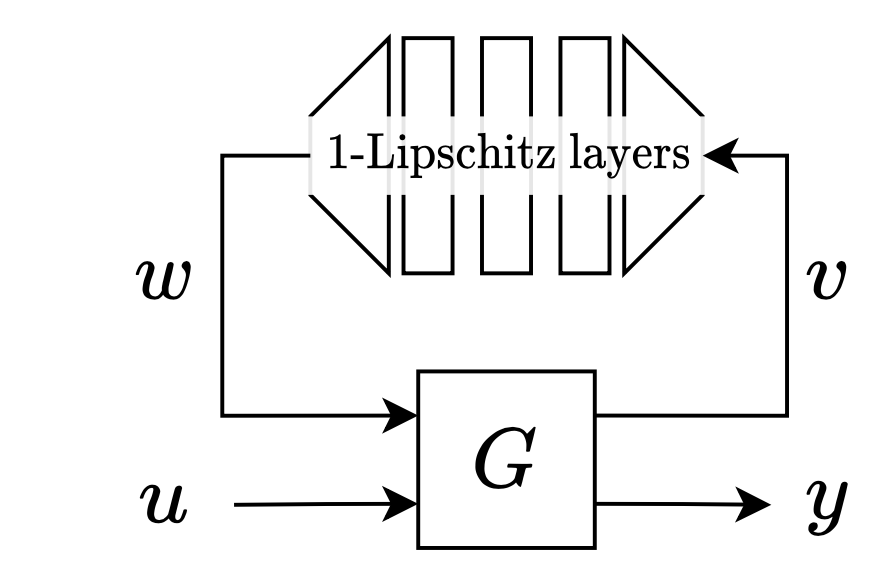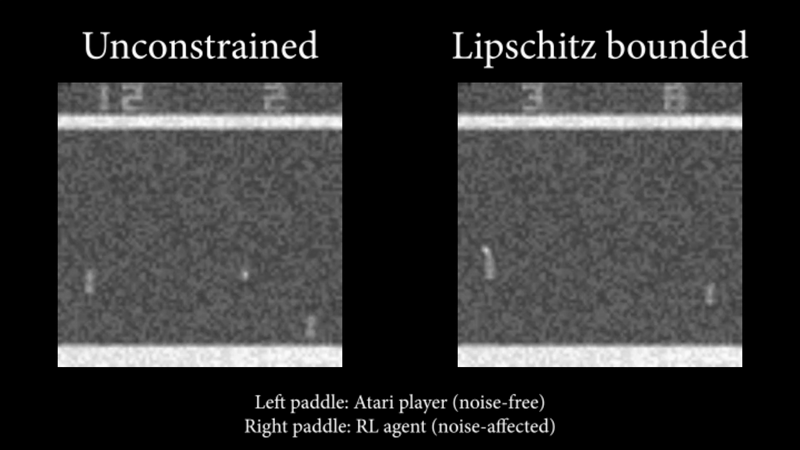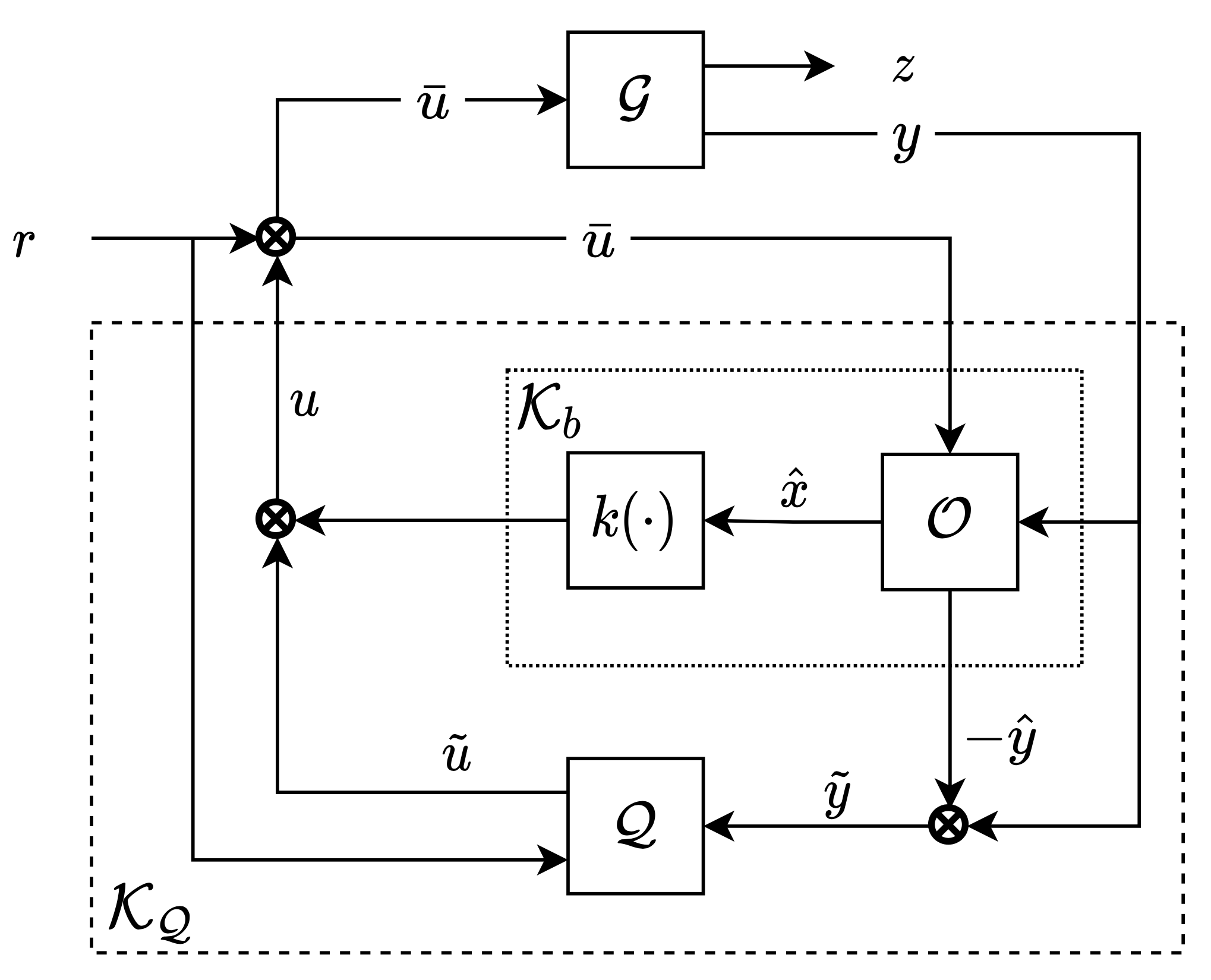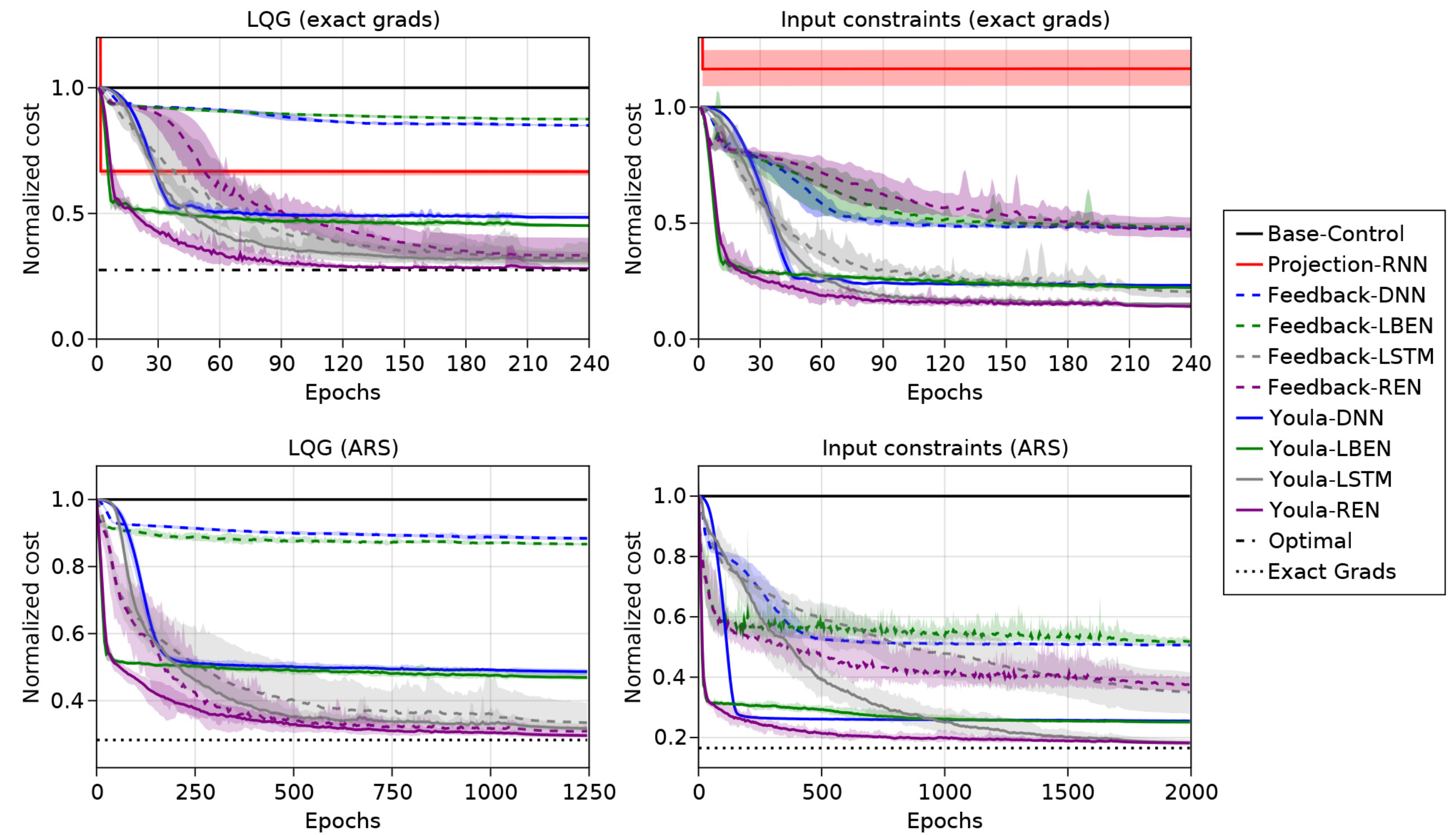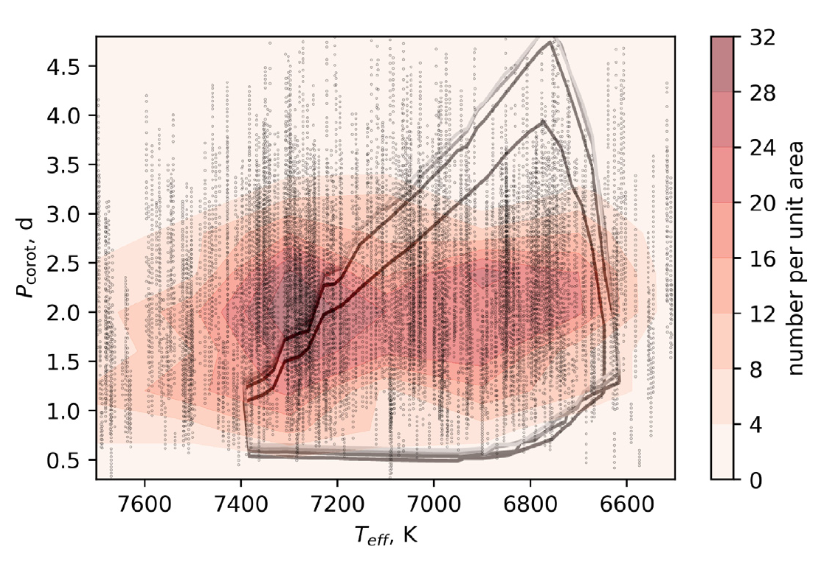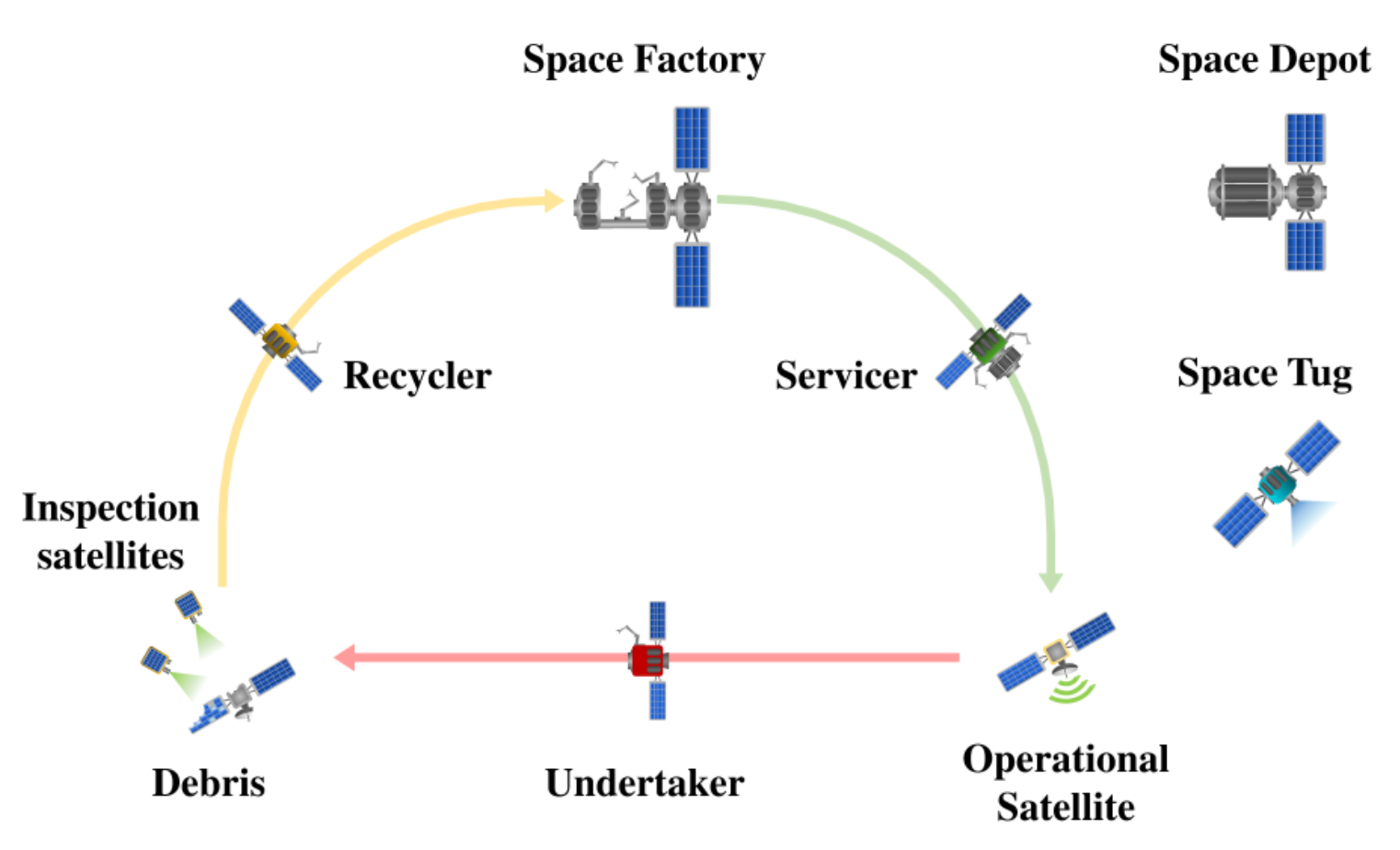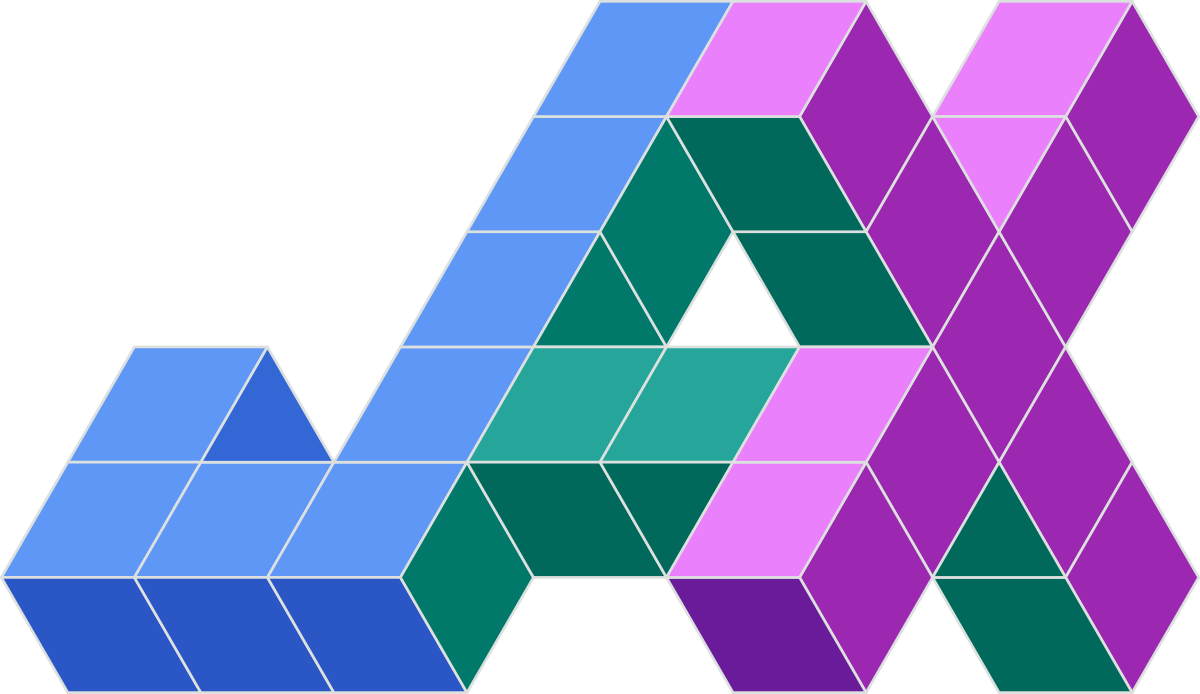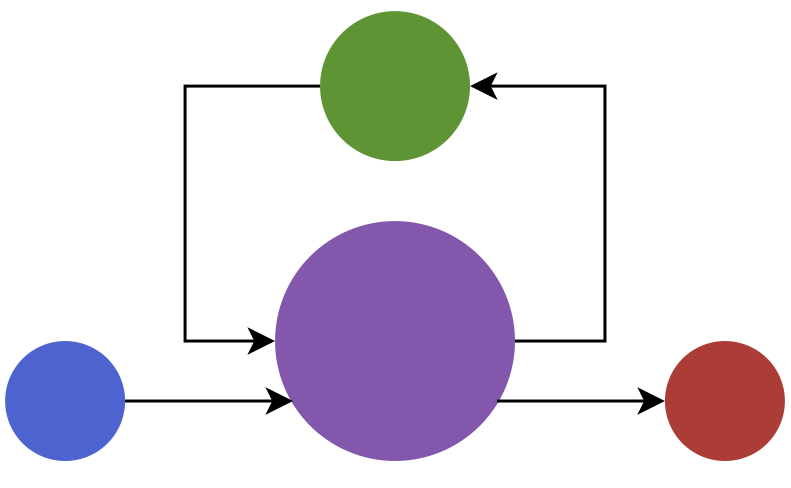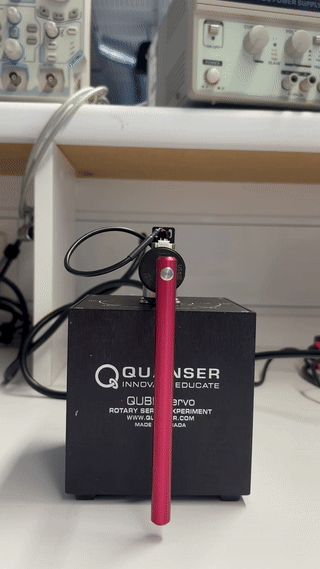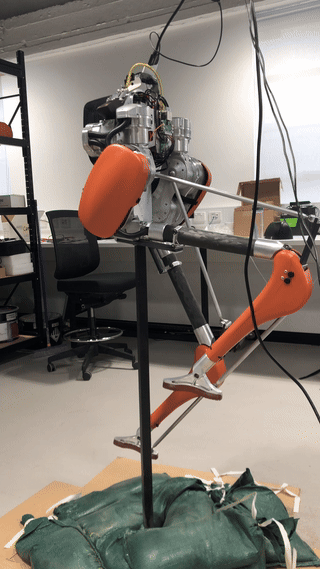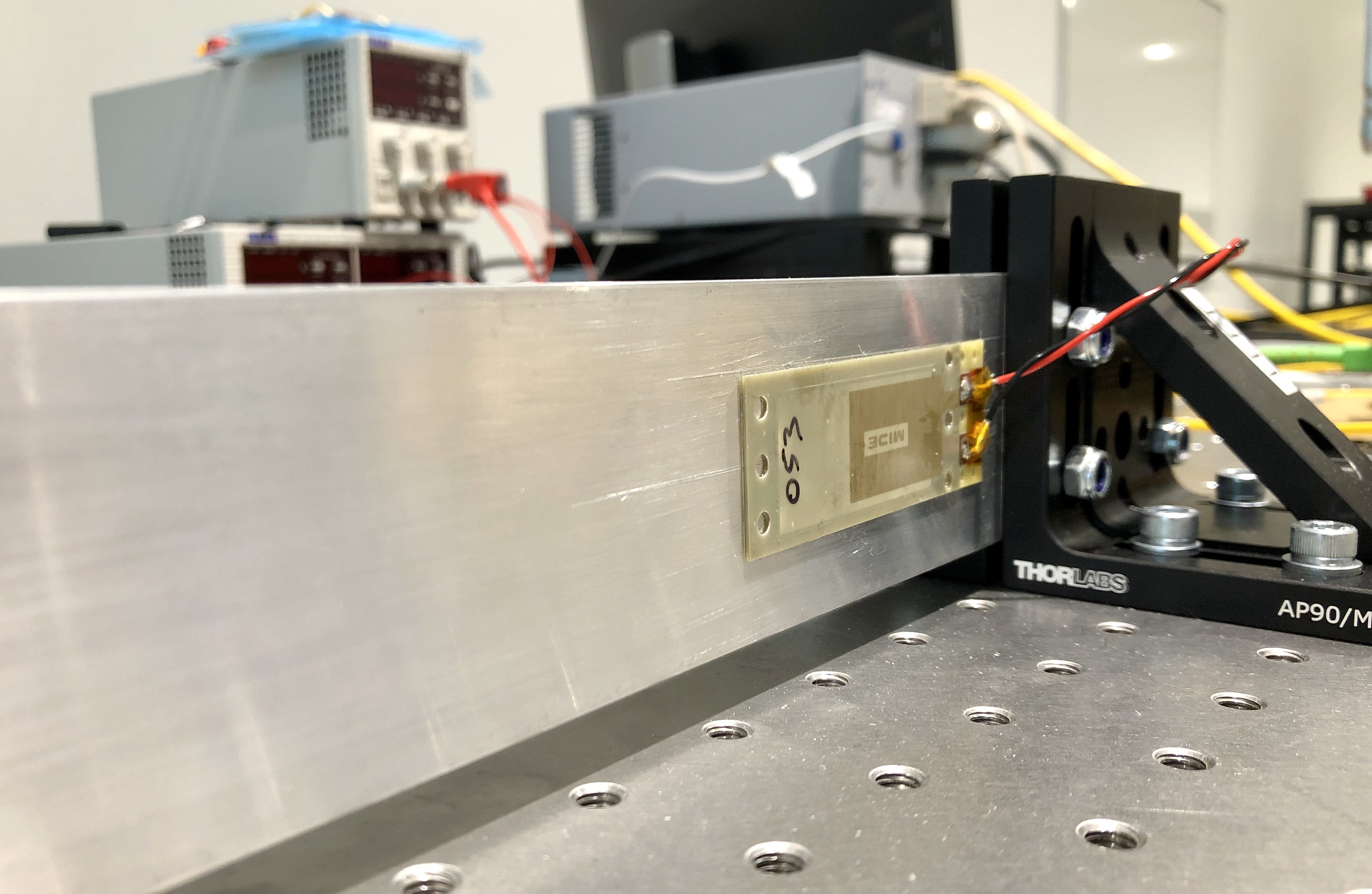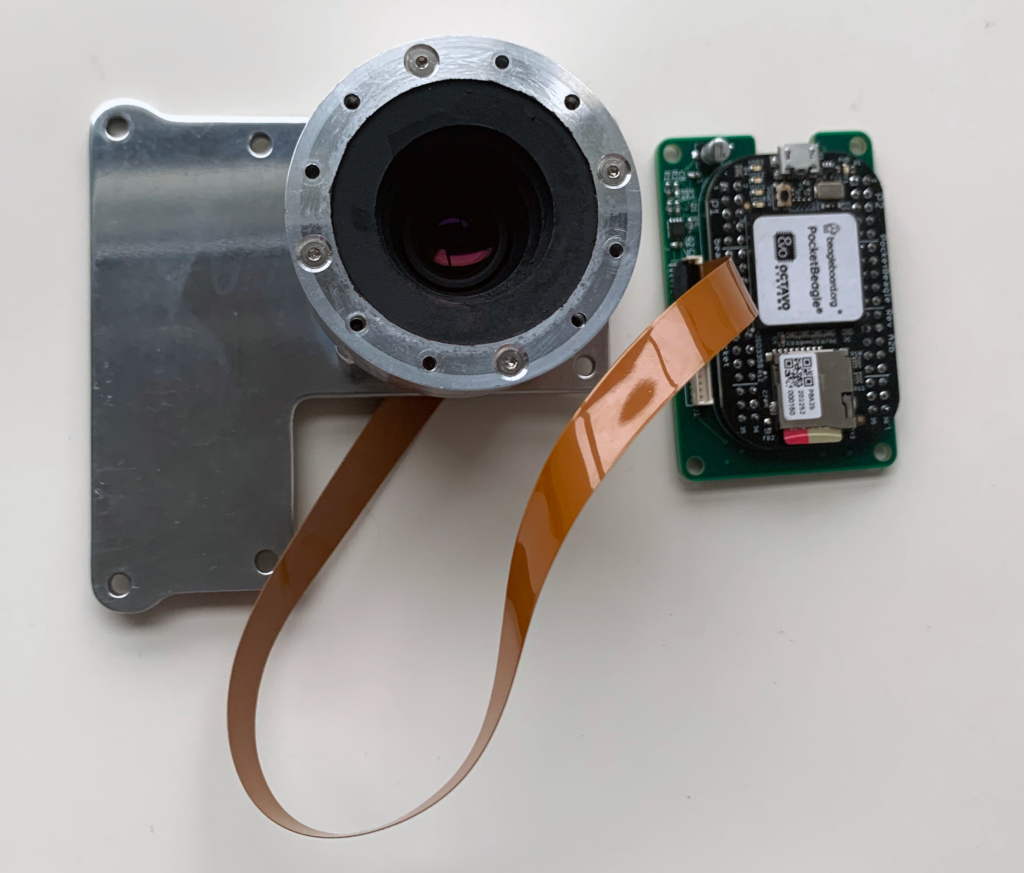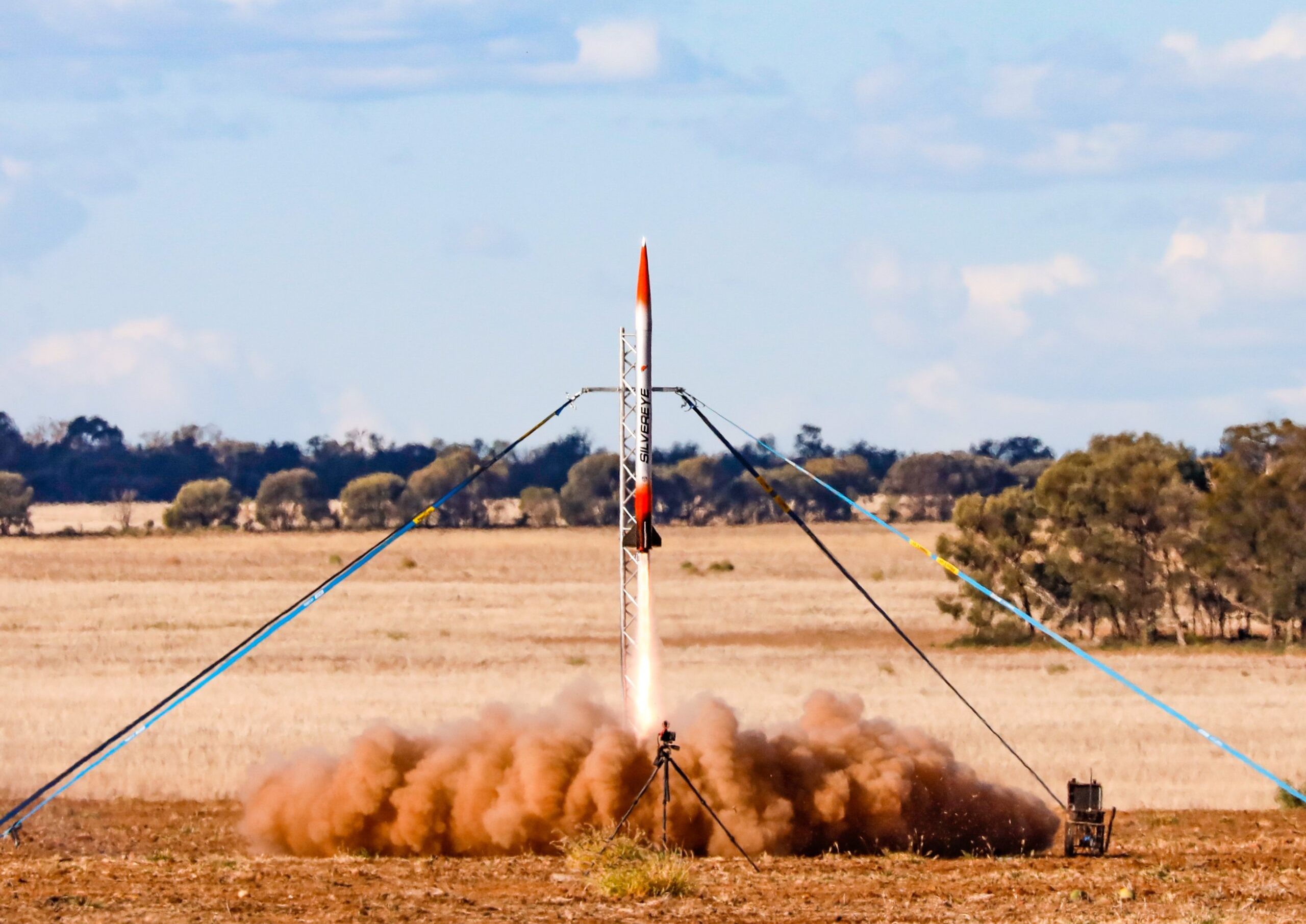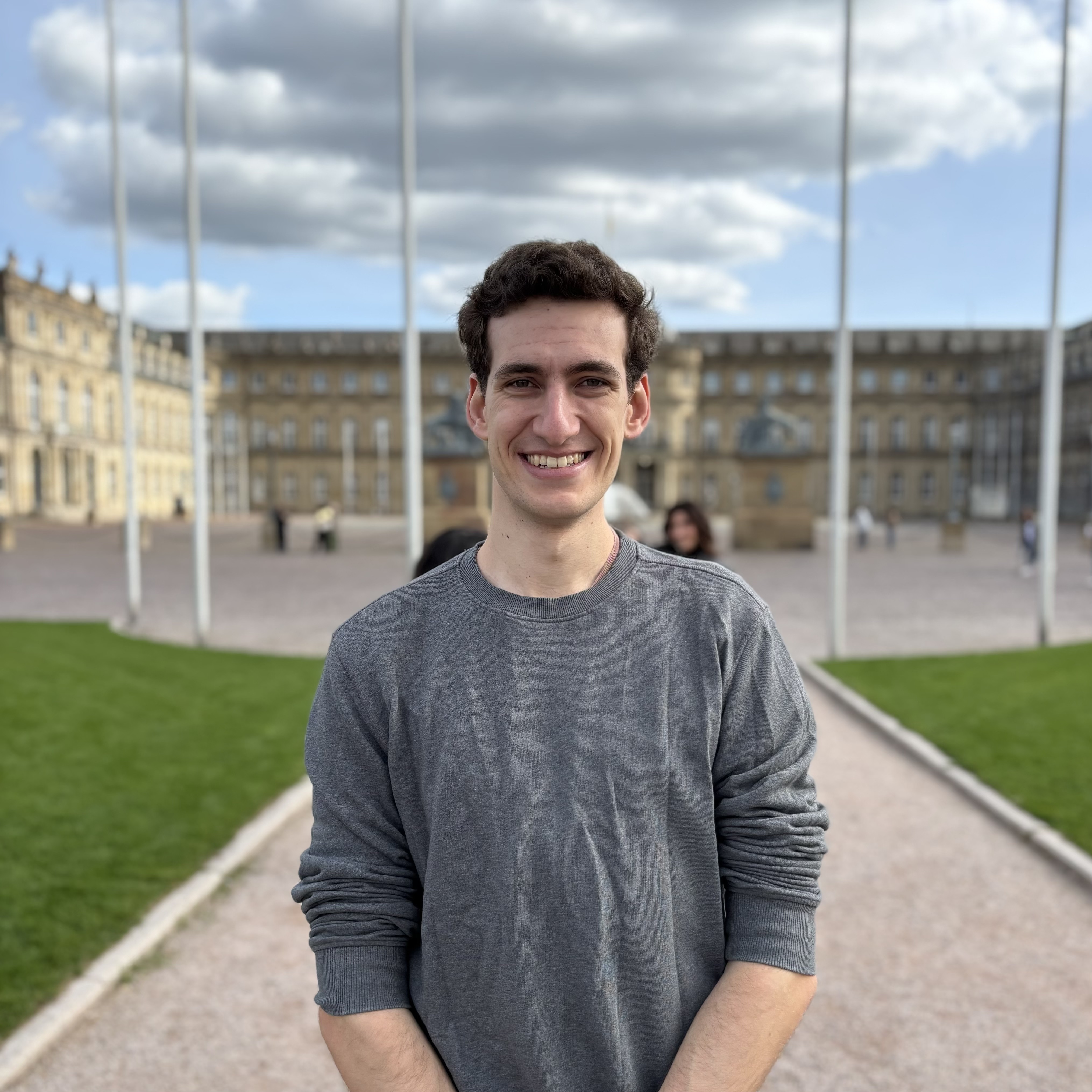
Engineer and researcher with a passion for solving challenging problems and making complex systems come to life.
I love working at the intersection of theory and application, which has lead to my research on control systems, robust reinforcement learning, and time-series analysis. I also dabble in space engineering and astronomy. In my spare time you'll find me outdoors, probably either hiking, on a cricket field, or somewhere quiet with a good book.
Please feel free to reach out via email at nicholas.h.barbara@gmail.com.
